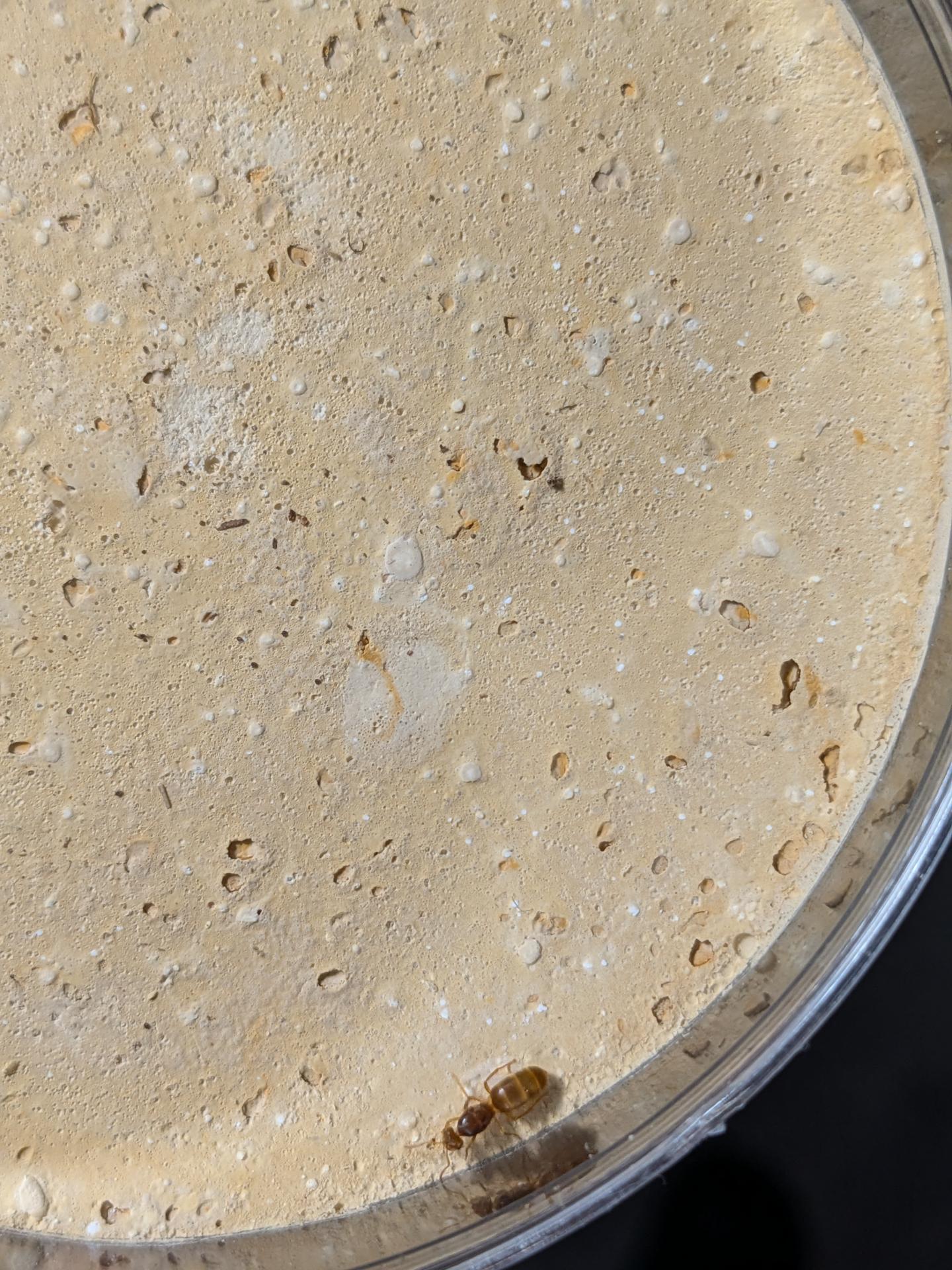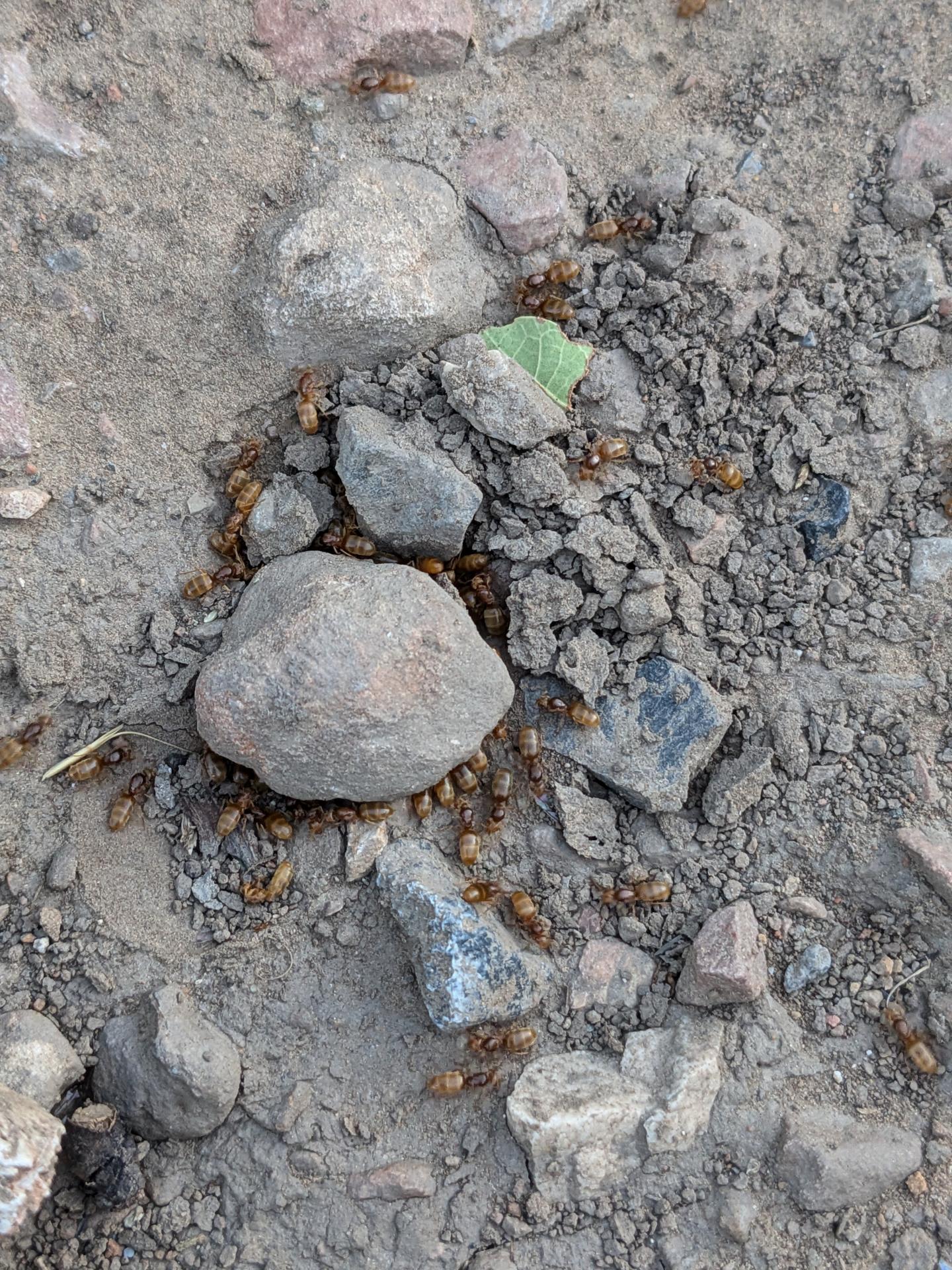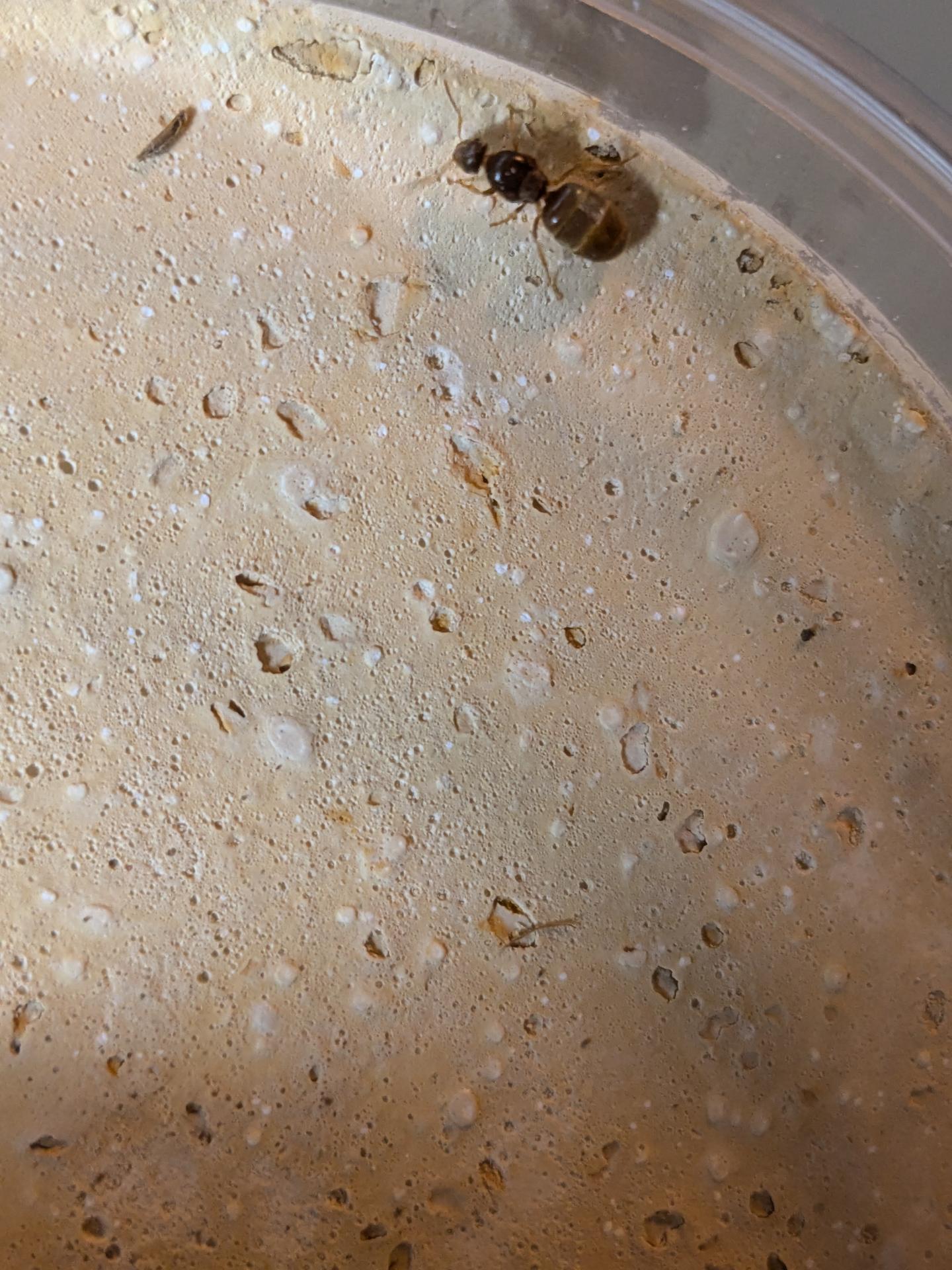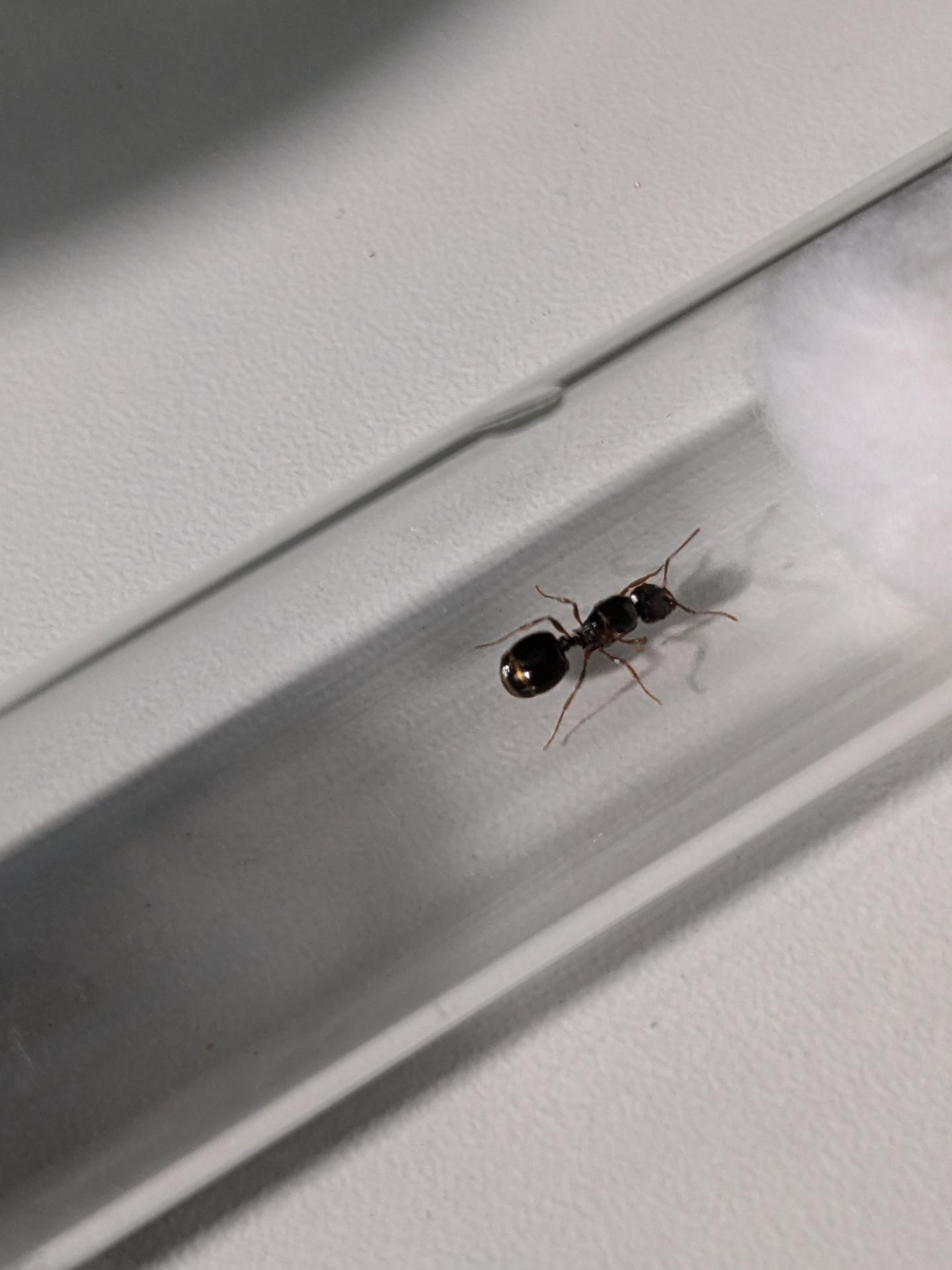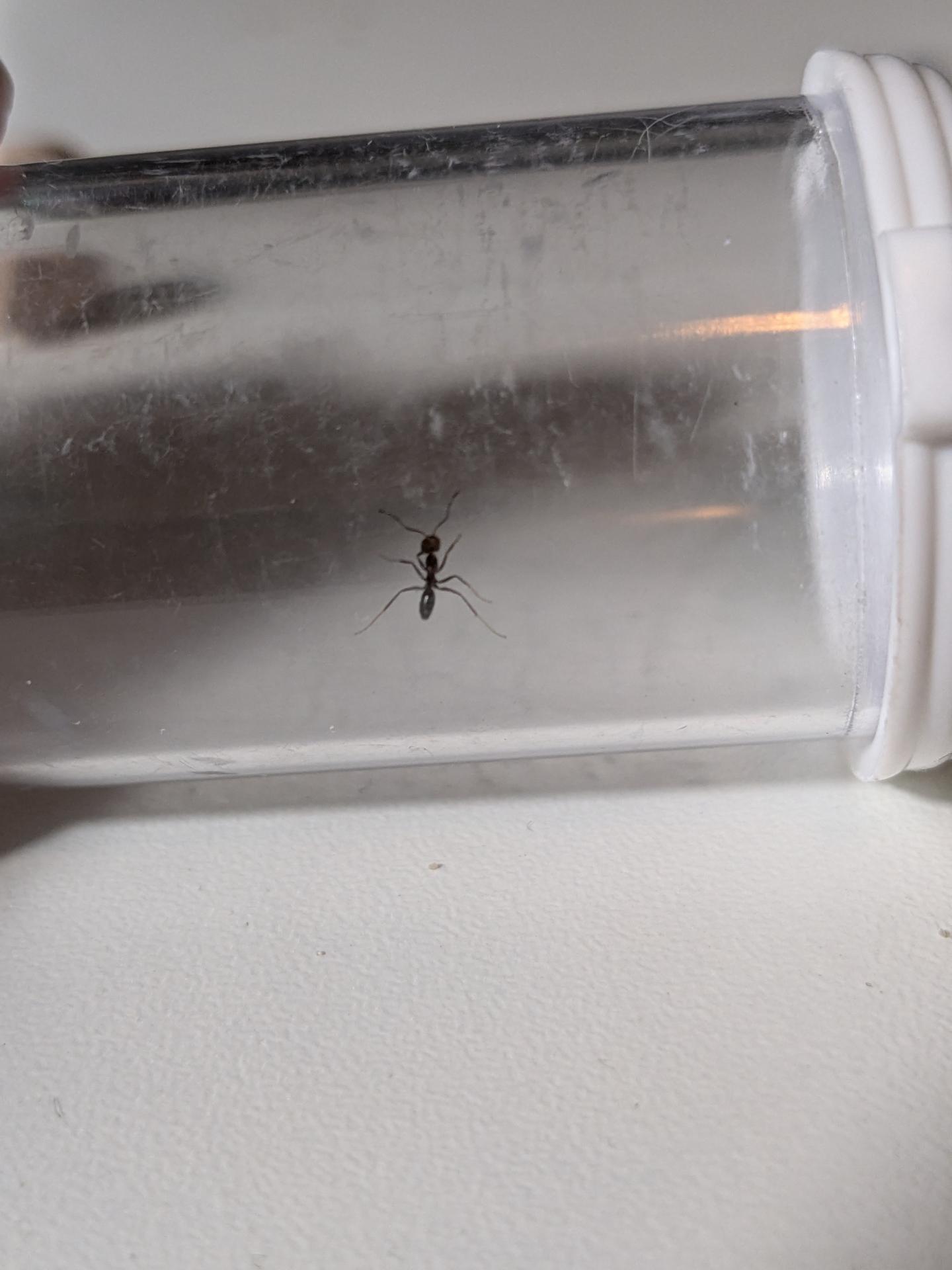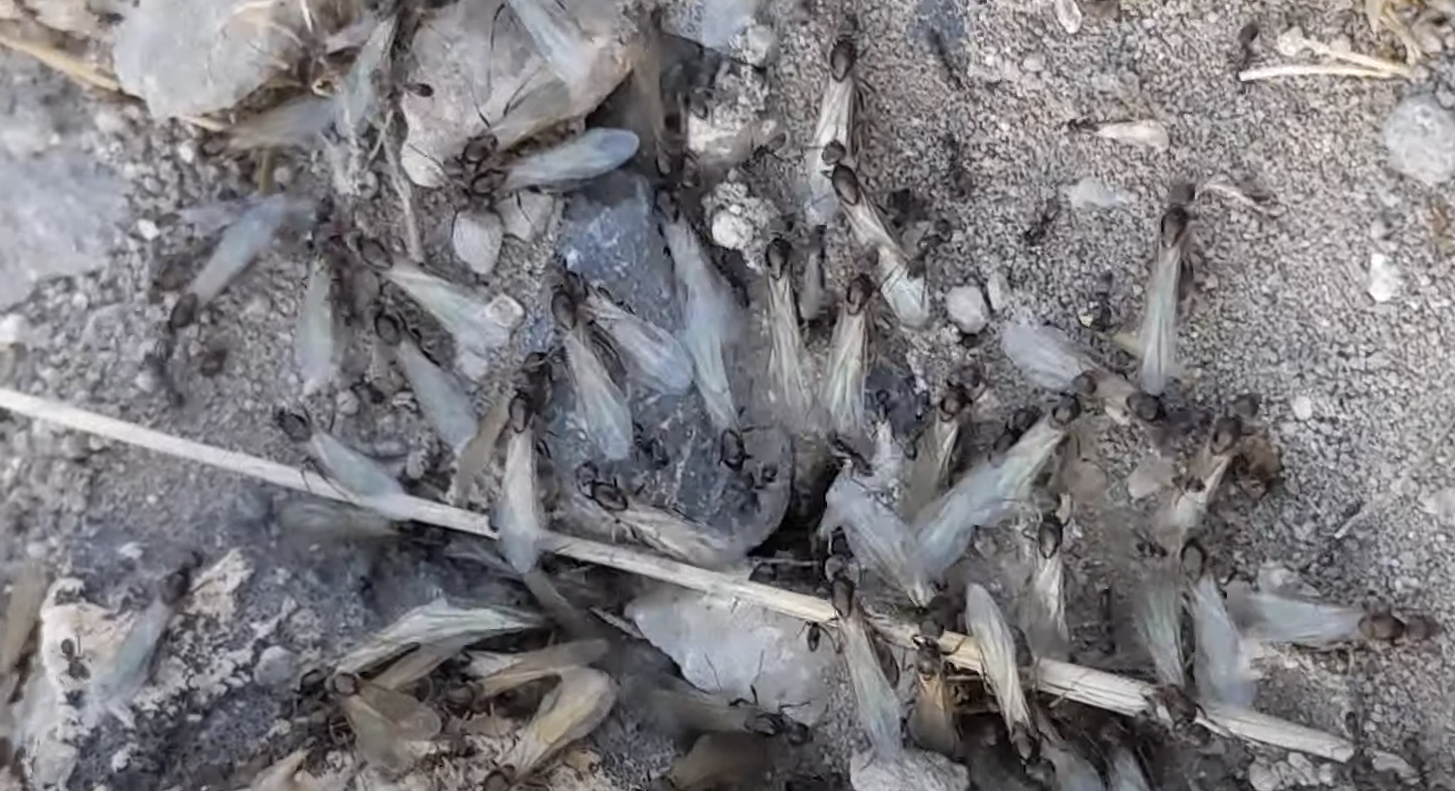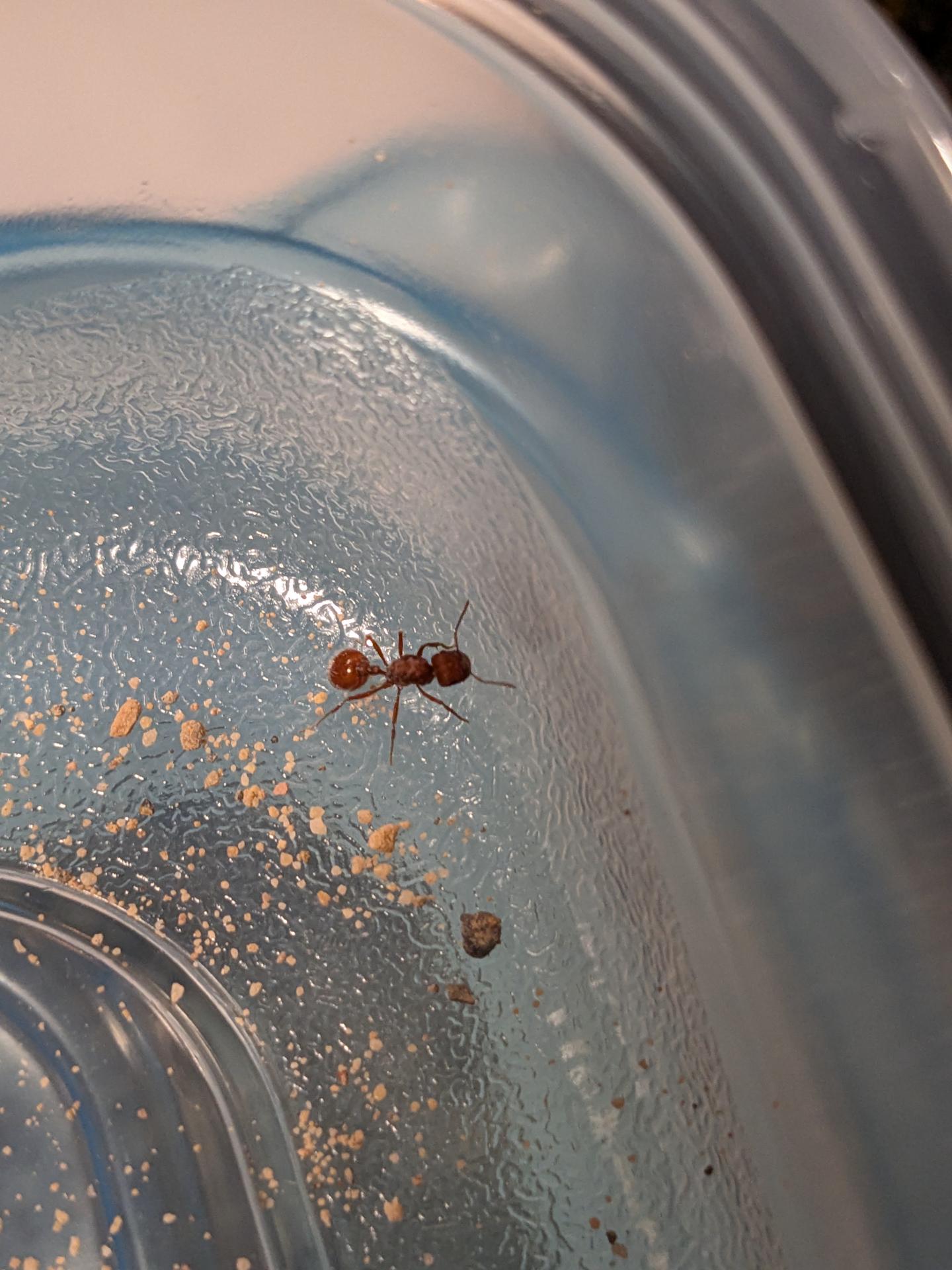Utah had some massive storms this last week. Yesterday we had one of the biggest storms roll through Utah county that I've seen in many years. It caused flooding, ping pong ball sized hail, and even at one point was a mesocyclone! I went anting up Provo Canyon tonight near the path of the storm and found flights the likes I have never seen before. It was amazing!
First off, I'm pretty sure I know the answer to this, but Solenopsis molesta (thief ant)? Highly polygynous.
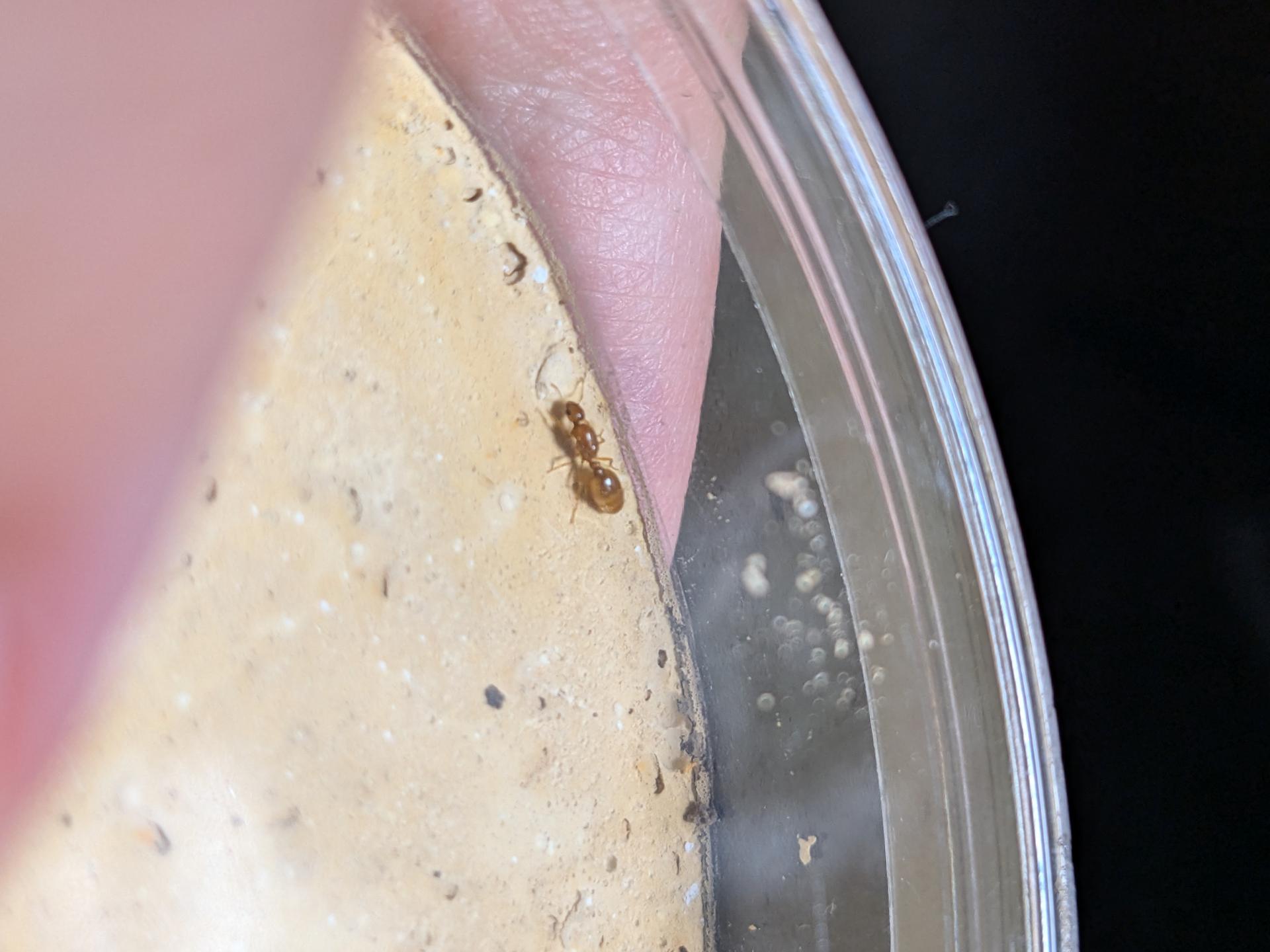
There were two types of Lasius flying, one seemed smaller, had a more elongated gaster, and I'm guessing is also polygynous based on how they seemed to be grouping. I've put several of them together in test tubes, so if these end up not being polygynous I would love to know so I can separate them. I'm guessing one of them is probably brevicornis and the other either flavus or neo-niger.
Smaller Lasius queen
Smaller Lasius swarm
Large Lasius species. They didn't seem to be grouping like the smaller species and seemed to be setting out more on their own.
I also found a few of these parasitic Lasius queens running around and am assuming they're Lasius latipes. I'm guessing one or both of these Lasius species is the host for this species. I probably won't be able to try and make use of a parasitic queen this year, but maybe next year I can try with some of the colonies I found during this flight.
Now for the one I'm most interested in is this shiny black beauty. Despite hundreds of Solenopsis molesta, and Lasius species, I only found one of these.
The only other black ants I saw in this location were having a flight. Here is a worker and a nuptial flight photo if that helps. The workers seemed very erratic and moved very fast like crazy ants, but their movement patterns seemed a bit different than Dorymyrmex I've seen in the deserts of Utah so I wasn't sure.
Black ant worker
Black ant nuptial flight
No idea if the previous two pictures are related to the black queen but figured they'd maybe be helpful and were probably related since they're the only black ants I found up there.
Lastly, not from tonight but from two weeks ago I found a Pogonomyrmex flight. Some of the queens to me appeared to be longer and thinner than the Pogonomyrmex I caught in Utah previously in Emery county. I found these out west of Eagle Mountain in Tooele county. I'm sure this photo won't be enough to identify if they're a different species of Pogonomyrmex but thought I'd give it a try and see if anyone had any ideas based on the description or experience in these areas.
Let me know if we need any better pictures or more information for identifying these. Thanks for your help!





